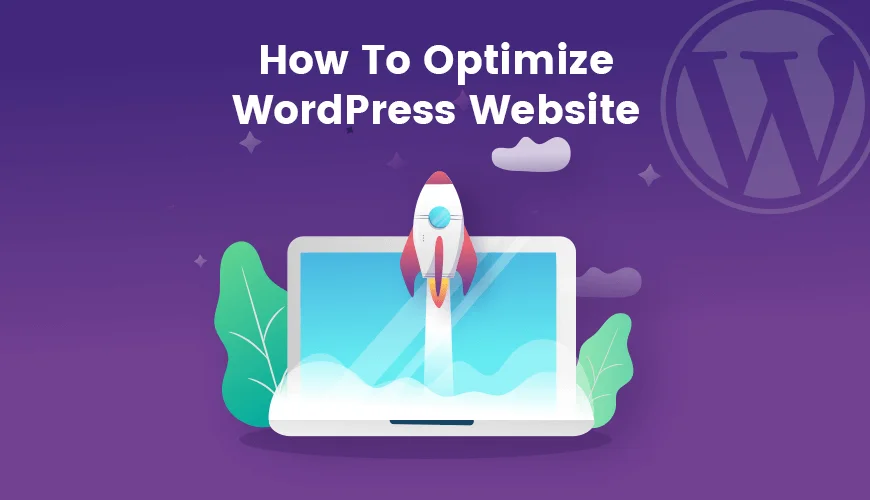WORDPRESS HACKS
How to Optimize WordPress Website

- Enable Caching
Use a caching plugin like W3 Total Cache or WP Super Cache to store static versions of your web pages, reducing the load on your server and improving website performance.
- Optimize Images
Compress and optimize your images before uploading them to WordPress. Plugins like Smush or EWWW Image Optimizer can automatically optimize images without compromising quality.
- Use a Content Delivery Network (CDN)
Implement a CDN like Cloudflare or MaxCDN to distribute your website’s static content across multiple servers worldwide, reducing page load times for visitors from different locations.
- Implement Lazy Loading
Lazy loading delays the loading of non-visible images, videos, or other content until the user scrolls down to them. This technique improves initial page load times and saves bandwidth.
- Secure Your Website
Strengthen your WordPress security by using strong passwords, limiting login attempts, enabling two-factor authentication, and installing security plugins such as Wordfence or Sucuri.
- Use a Lightweight Theme
Choose a lightweight and well-coded theme to optimize your website’s performance. Themes like Astra, GeneratePress, or OceanWP are known for their speed and flexibility.
- Optimize Your Database
Regularly clean up and optimize your WordPress database using plugins like WP-Optimize or WP-Sweep. This helps remove unnecessary data and improve website speed.
- Disable Pingbacks and Trackbacks
Pingbacks and trackbacks can cause unnecessary server load and increase spam. Disable them by going to Settings → Discussion and unchecking the “Allow link notifications from other blogs (pingbacks and trackbacks)” option.
- Minify CSS and JavaScript
Minify your CSS and JavaScript files by removing unnecessary spaces, comments, and line breaks. Plugins like Autoptimize or WP Rocket can handle this task automatically.
- Regularly Update WordPress, Themes, and Plugins
Stay up-to-date with the latest versions of WordPress, themes, and plugins. Updates often include bug fixes, security patches, and new features, ensuring a smooth and secure website experience.
